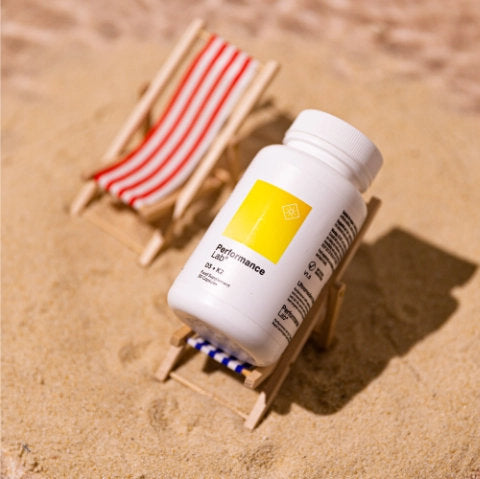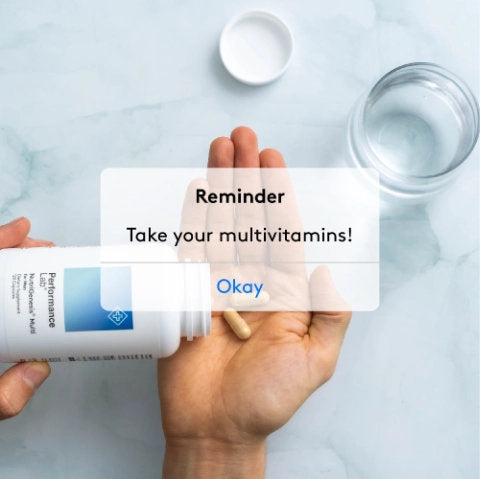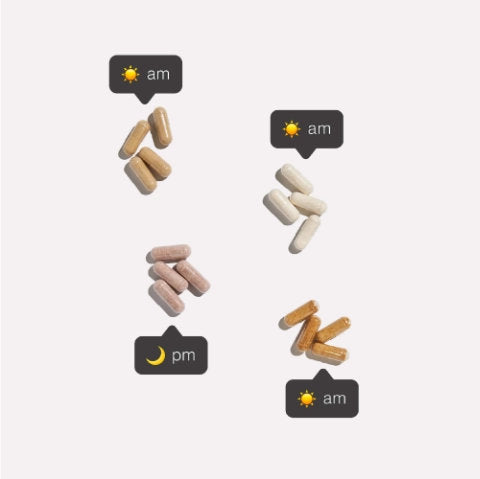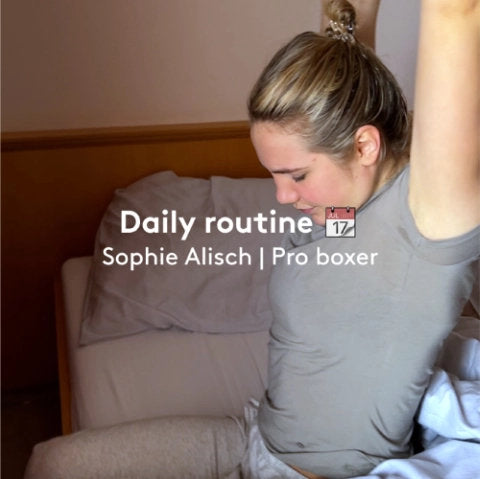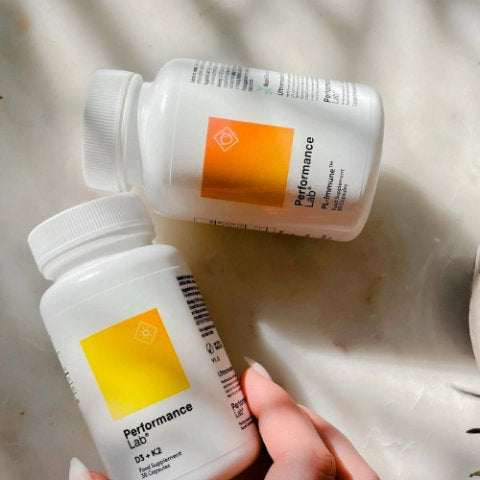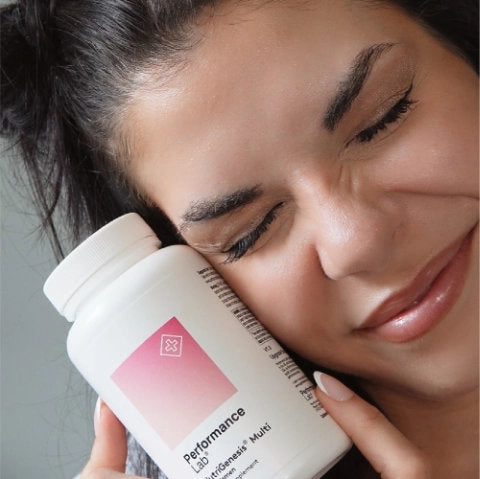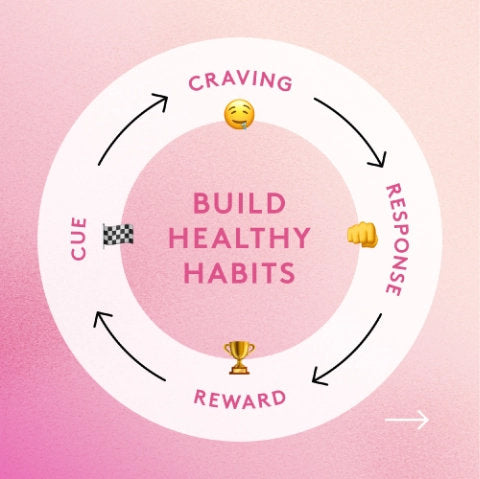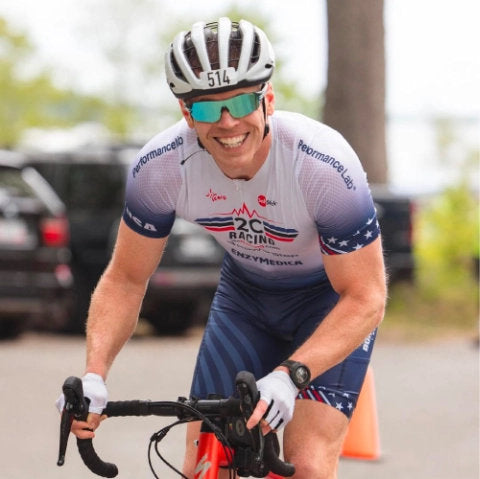Have you ever wondered why you’re putting in all of this work at the gym and not seeing results? You’ve been at the same weight range for weeks and can’t seem to bump it up?
We’ve all been there before. Whether it’s with eating or training, things slow down, and you’re not getting the same results as you were. In some situations, it can even feel you’ve taken a step back and gained weight or lost strength.
Although you may feel frustrated and discouraged, hitting a bump on your fitness journey is bound to happen sooner or later, but once you understand how your body adapts to exercise, breaking through your plateau will be no sweat. You’ll soon be back on track to gainsville!
Right now, we’re giving you the scoop on why workout plateaus happen and some tips to help get you through it.
What Is A Workout Plateau?
If you’ve been consistently working out and don’t see results to the same extent as before, chances are you’ve hit a workout plateau. They happen when your body adjusts to the demands you’re placing on it.
Basically, you’re not making progress—you’re just sitting at a standstill. But there’s a difference between a workout plateau and overtraining, so it’s important to recognize the difference.
For most people, the reason we hit training plateaus is because of a lack of strategic modification to your training and nutrition programs and failing to listen to your body’s feedback. If you’re not giving your body what it needs to grow or not giving it enough of a stimulus to grow, it’s not going to. It’s as simple as that.
If you want to keep seeing results, you must continue placing greater demands on your body. This is what we call ‘progressive overload,’ and it’s the idea that you need to place greater-than-normal demands on the muscles if you want them to grow. Without overload, no adaptation occurs, and thus, no growth occurs.
First, neuromuscular adaptations occur, which is then followed by increases in muscle and connective tissue strength along with bone mass 1.
And depending on the training program, you could also see improvements in lactic acid tolerance, lactate threshold, maximal aerobic power, and several other cardiovascular functions.
But when there is no stimulus, your body doesn’t have any signal to grow, and you fail to make any sort of gains.
6 Reasons (+ 7 Signs) You’re Hitting A Workout Plateau
There are a number of reasons why you can hit a workout plateau, but here are some of the most common ones:
- You’re overtraining
- You’re not changing up your workout routine
- You’re not challenging your muscles
- Your diet isn’t on point
- You’re not sleeping enough
- Your goals are unrealistic
But how do you know if you’ve actually hit a plateau?
- You’ve lost strength
- You’re not achieving that pump
- Lack of motivation
- Lack of progress for several weeks
- No muscle growth
- Variations in resting heart rate
- Decreased appetite
And here are some ways you can get through a training plateau and see progress again.
5 Ways To Break Through A Plateau
1. Take A De-Load Week
Sometimes all your body needs to get through a workout stall is a little time off. If you lack motivation and aren’t seeing progress, taking a de-load week is probably well worth it to hit the reset button.
Does that mean you have to stop doing all forms of activity? No. You can still be active, but do so with lighter activities to give your muscles the time they need to recover and repair fully.
Although abstaining from lifting can be challenging, rest weeks are great for:
- Supporting muscle repair and recovery
- Giving your central nervous system (CNS) a break (let it enter parasympathetic mode instead of sympathetic mode)
- Allowing joints and ligaments to heal
- Increasing energy and motivation
- Enhancing focus and drive
2. Progressive Overload
Once you return from your off week, it’s time to hit the heavy weights again and push that progressive overload. Although many people fall into the trap of thinking if they work out more, they’ll see better results. It’s not true.
Follow the idea of “train smarter, not harder”. If you can maximize your time in the gym with heavier sets, you’ll see more progress than you will if you spend three times as long training as you did.
Progressive overload means giving your body a greater training stimulus to force adaptation. In general, there are six ways to work progressive overload:
- Increase the weight
- Increase the reps
- Increase the volume
- Decrease the rest period
- Increase the training frequency
- Change the intensity
Although you can easily tweak several of these in one workout, it’s best to focus on just one at a time. Use the technique that’s most in line with your fitness goals.
3. Try Drop Sets
Drop sets are a great way to overload your muscles and reach failure. It’s a training technique whereby you add more volume after reaching failure. If you’re doing a shoulder press, for example, if you reached failure with 12 reps at x weight and you want to stimulate muscle growth, add x more sets, each at a lower weight, until you reach failure.
Here’s an example:
- Set 1: 80lbs for 12 reps
- Dropset 1: 50lbs for 8 reps
- Dropset 2: 40 lbs for 6 reps
- Dropset 3: 25lbs for 6 reps
With each dropset, you want to go out 25-30% lighter than the previous weight. It’s a great technique for isolation exercises when you’re trying to increase the strength of smaller muscles.
4. Look At Your Nutrition
Although there’s a lot of work done in the gym, a good chunk of your results also come from the kitchen, so taking a look at your nutrition is key to getting out of a fitness funk. If you’re not staying true to your eating and eating to support muscle growth, you’re not going to see progress—and you could even see regression.
That means focusing on eating lean proteins for muscle growth, complex carbs for energy, and healthy fats for hormonal balance, as well as loading up on the vegetables and fruits for micronutrients.
That also means avoiding industrial seed oils (canola, corn, soybean, etc.), refined carbohydrates, processed meats, and sugar, all contributing to inflammation and weight gain.
Another way to keep yourself on track is to get your supplement protocol under wraps. While you may not need the entire roster of fitness supplements, having a few staples is a great way to support your body’s energy production and recovery systems.
That could be something like Performance Lab Energy + Pre Lab Pro before training and Performance Lab Recover post-workout. As well, throwing in a good multi like NutriGenesis Multi also safeguards you against deficiencies that can happen because of poor nutrition or high-intensity training.
5. Get Enough Sleep
Sleep may not be the first thing you think about with respect to training, but most of your muscle repair happens during rest. So, if you’re not sleeping enough (or well enough), your body isn’t firing to its full capacity.
To help with this process, check out our article on the best night time supplement for muscle growth.
A 1994 study found that sleep deprivation can significantly deteriorate maximal lifts (bench press, leg press, and deadlift), which equates to subpar results and major potential for a plateau 2.
If you want optimal performance and maximum results, the American Academy of Sleep Medicine and Sleep Research Society suggests getting at least seven to nine hours of quality sleep per night 3.
Final Thoughts
Hitting a workout plateau can be downright frustrating, but when you understand why it’s happening in the first place and what causes it, it’s easy to make adjustments to your routine and see progress again.
Whether you’re overloading your muscles or tweaking your diet plan, a little can go a long way simply by recognizing what’s happening and making a concerted effort to change it.
References
- Kavanaugh, A. The Role of Progressive Overload in Sports Conditioning. Conditioning Foundamentals. NSCA’s Performance Training Journal. 1007;6(1).
- Reilly T, Piercy M. The effect of partial sleep deprivation on weight-lifting performance. Ergonomics. 1994;37(1):107-115.
- Consensus Conference Panel, Watson NF, Badr MS, et al. Recommended Amount of Sleep for a Healthy Adult: A Joint Consensus Statement of the American Academy of Sleep Medicine and Sleep Research Society. J Clin Sleep Med. 2015;11(6):591-592.


